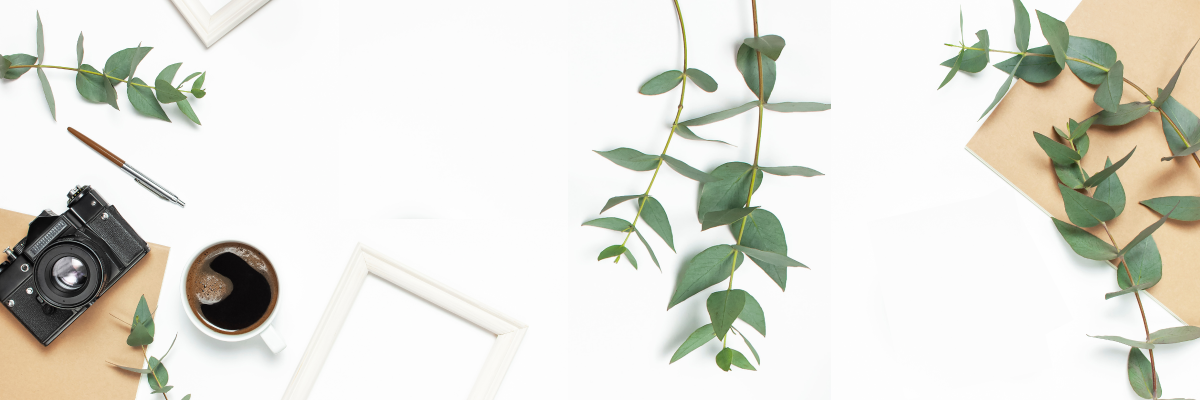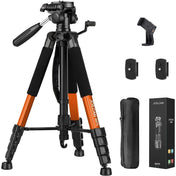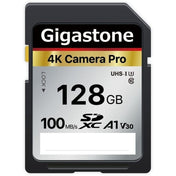Are you tired of relying on auto mode to capture your photos? Do you want to take your photography skills to the next level and have full control over your camera settings? Well, you've come to the right place! In this article, we'll dive into the wonderful world of manual mode and discuss some tips and tricks to help you master it like a pro.
Why Should You Use Manual Mode?
Before we delve into the tips, let's talk about why manual mode is worth the effort. While auto mode can be convenient, it often fails to capture the true essence of a scene. Manual mode allows you to have complete control over settings like aperture, shutter speed, and ISO. This control empowers you to create images with the perfect exposure, depth of field, and creative effects. So, let's get started on your journey to becoming a manual mode master!
Understand the Exposure Triangle
The exposure triangle is the foundation of manual mode. It consists of three key elements: aperture, shutter speed, and ISO. Understanding how these three settings work together is crucial to achieving the desired exposure.
Aperture: Aperture refers to the size of the opening in your lens. It affects the depth of field in your images. A wider aperture (smaller f-number) creates a shallow depth of field, blurring the background and making your subject stand out. On the other hand, a narrower aperture (larger f-number) increases the depth of field, resulting in more of the scene being in focus.
Shutter Speed: Shutter speed refers to the amount of time the shutter remains open. It controls the amount of light that enters the camera and also affects motion blur. A faster shutter speed freezes action, while a slower shutter speed creates a sense of motion.
ISO: ISO measures the sensitivity of your camera's image sensor. A lower ISO value (e.g., 100) is less sensitive to light and is ideal for well-lit situations. Higher ISO values (e.g., 800 or above) are best for low-light conditions but may introduce noise or graininess to your images.
Mastering Manual Mode: Tips and Tricks
Now that we've covered the basics, let's dive into some tips and tricks to help you become a manual mode master:
1. Start in Well-Lit Environments
When you're just starting with manual mode, it's best to practice in well-lit environments. This way, you can focus on understanding and adjusting the settings without worrying too much about exposure. Once you feel confident, you can gradually move on to more challenging lighting conditions.
2. Use the Histogram
The histogram is a graphical representation of the tonal distribution in your image. It helps you evaluate the exposure and avoid overexposed or underexposed areas. Aim for a well-balanced histogram, with the data spread across the entire range.
3. Experiment with Different Apertures
Aperture plays a significant role in controlling the depth of field. Experiment with different aperture settings to see how they affect your images. A wider aperture is great for portraits, isolating your subject from the background, while a narrower aperture is perfect for landscape photography, where you want everything in focus.
4. Adjust Shutter Speed for Motion
Shutter speed is crucial when it comes to capturing motion. If you want to freeze action, use a faster shutter speed. On the other hand, if you want to convey a sense of motion, try using a slower shutter speed and experiment with techniques like panning.
5. Mind Your ISO
While high ISO values can be handy in low-light situations, they also introduce noise to your images. Aim to keep your ISO as low as possible while maintaining a proper exposure. Remember, noise can be more challenging to fix in post-processing than slight underexposure.
6. Bracket Your Shots
Bracketing involves taking multiple shots of the same scene at different exposures. This technique is useful in high-contrast situations where it's challenging to capture all the details in a single exposure. You can later merge these shots or select the best-exposed image during post-processing.
7. Embrace the Manual Focus
Manual mode isn't just about exposure settings. It also gives you control over focusing. Depending on the situation, auto-focus may not always give you the desired results. Experiment with manual focus, especially in low-light or macro photography, to ensure your subject is perfectly sharp.
Conclusion: Unleash Your Creativity with Manual Mode
Mastering manual mode is a game-changer for any photographer. It allows you to unleash your creativity and capture images exactly as you envision them. By understanding the exposure triangle, experimenting with different settings, and practicing in various lighting conditions, you'll soon become a manual mode master.
So, what are you waiting for? Grab your camera, switch to manual mode, and start exploring the endless possibilities. Remember, practice makes perfect, so keep honing your skills, and soon you'll be capturing stunning images that will leave everyone in awe!












